Part 1: Frequency Domain
1.1 Warmup
I applied an unsharp mask filter to sharpen an image. First I applied Gaussian filter to a blurry image then took the difference between original image and blurred image to get the high frequency. Then I got the sharpened image by calculating the sum of the original and high frequency images. The equation is: sharpened = original + α*(original - blurred)
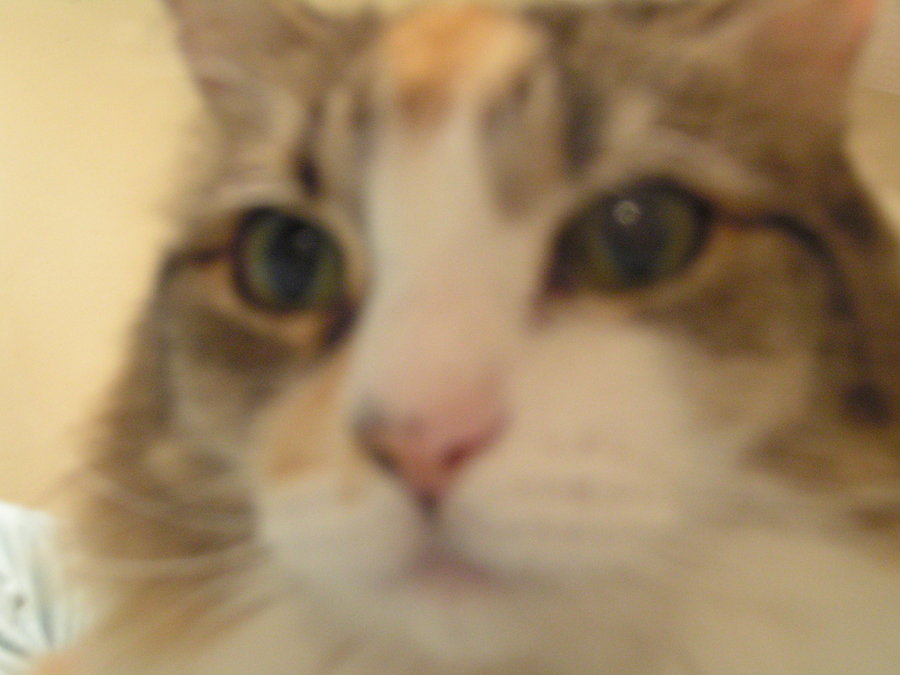
|
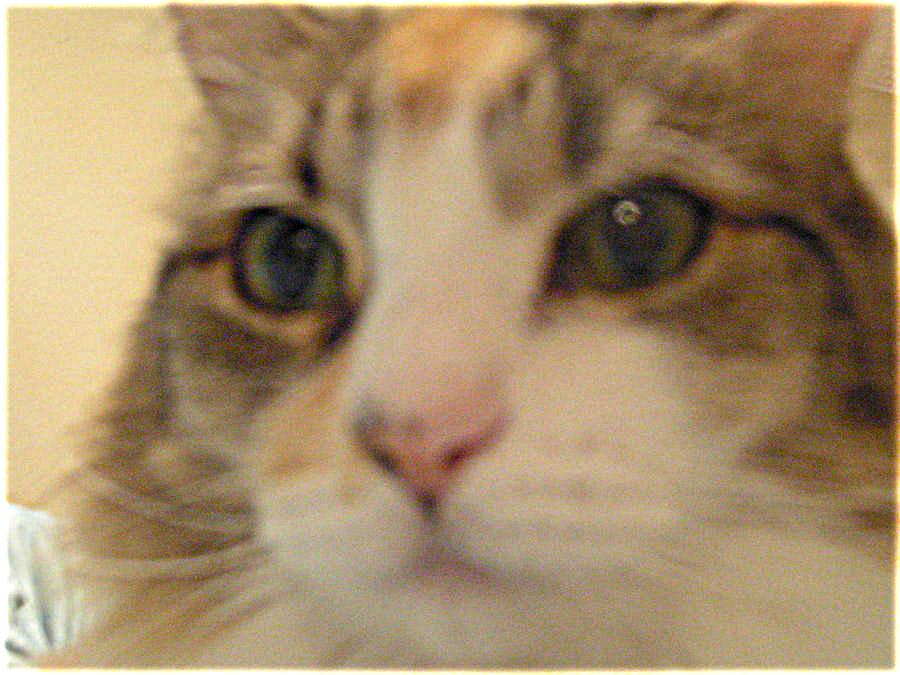
|
1.2 Hybrid Images
I created a hybrid image by blending the high frequency portion of one image with the low-frequency portion of another. This leads to different interpretations of the image at different distances. I did this by applying a low-pass filter (the Gaussian filter) to one image, then the high-pass filter (original - Gaussian image) to the other, and then combining the resulting images.

|

|

|

|

|
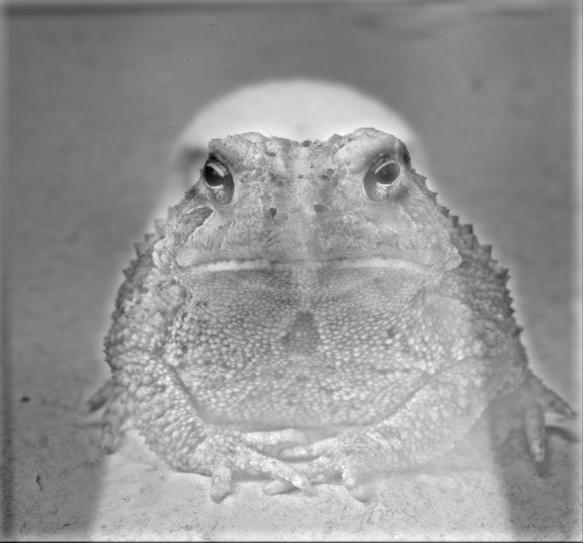
|

|

|
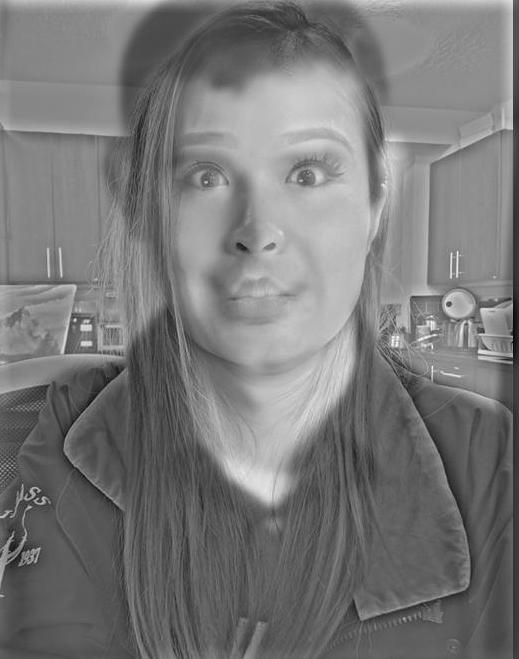
|
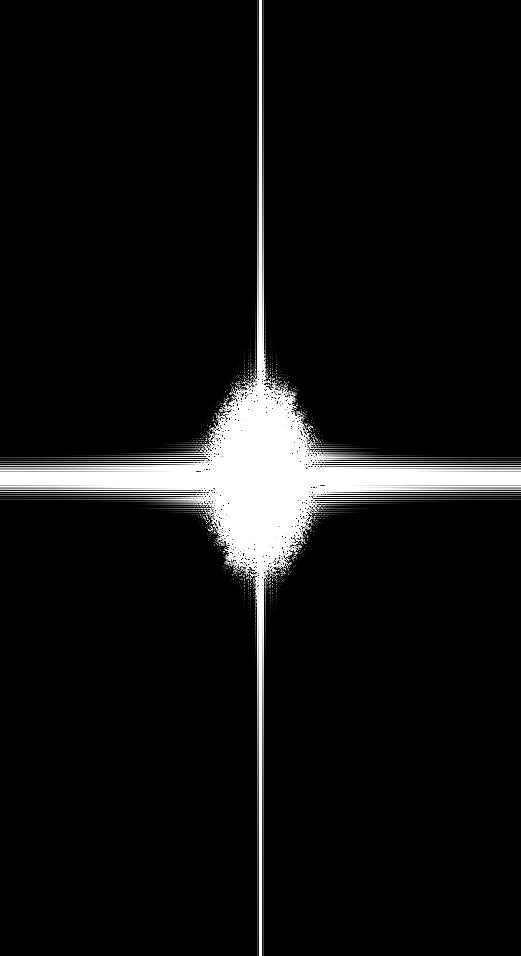
|
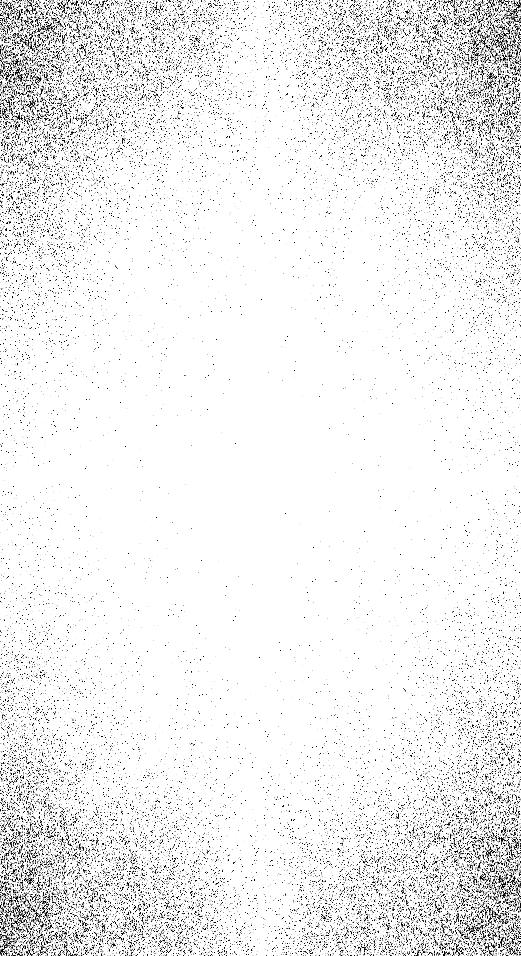
|
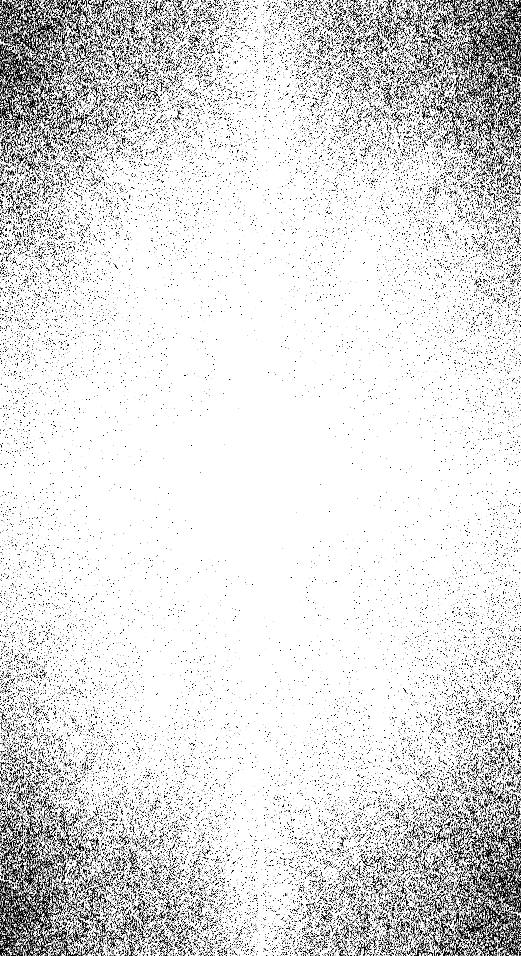
|
A hybrid of my friend and I turned out very strange. I believe it is because our faces are too similar.

|

|
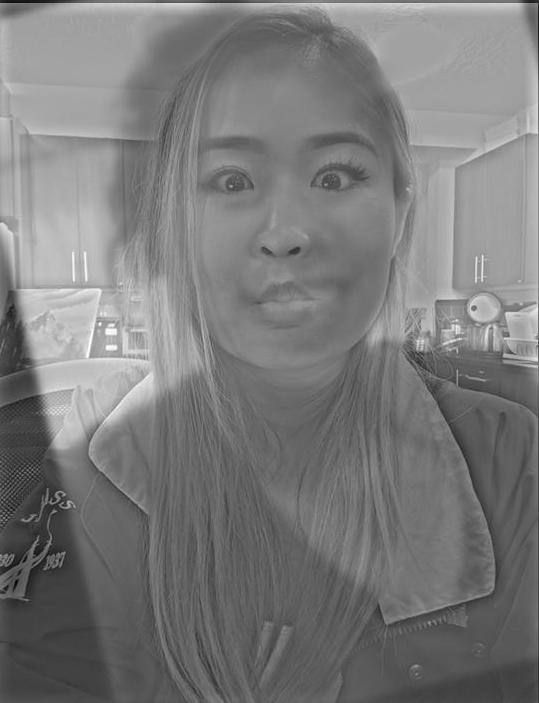
|
1.3 Gaussian and Laplacian Stacks
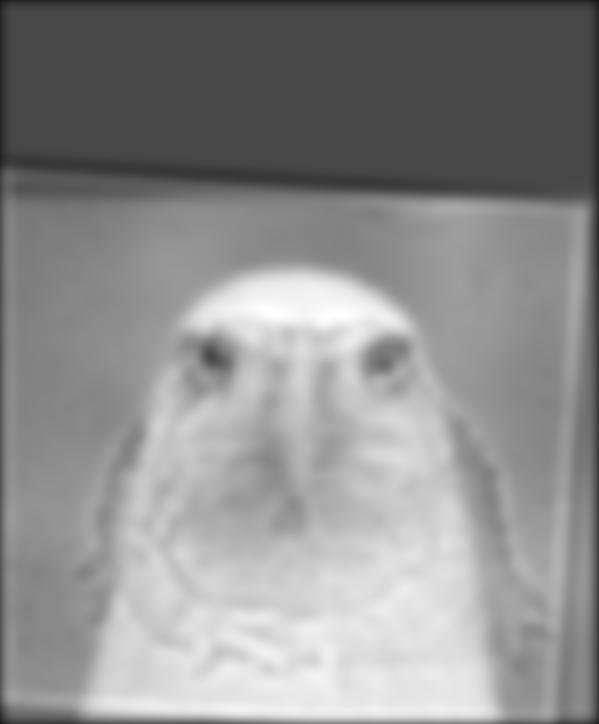
|
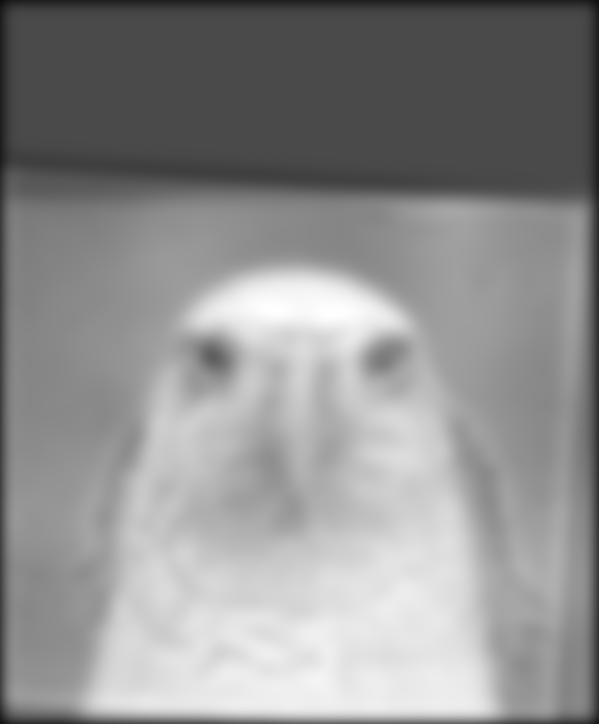
|
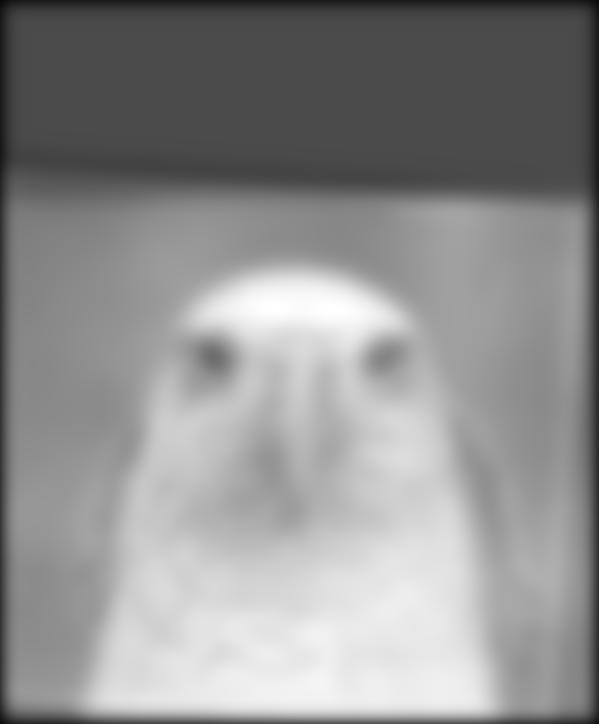
|
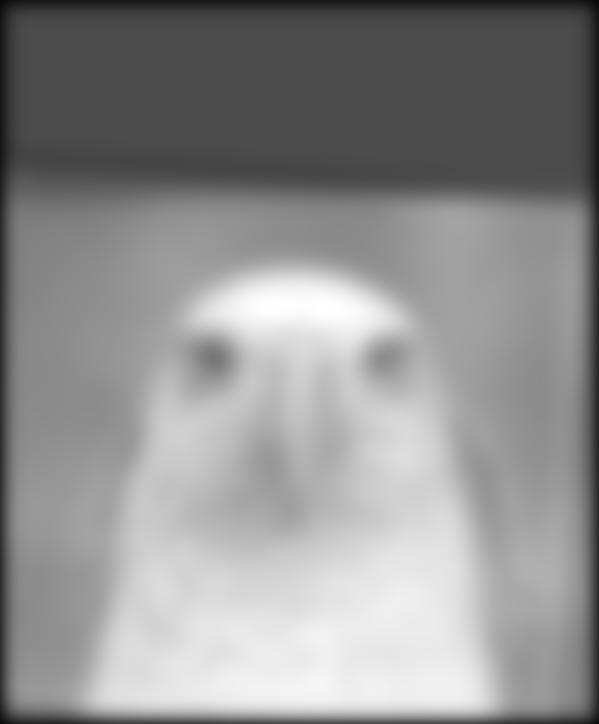
|
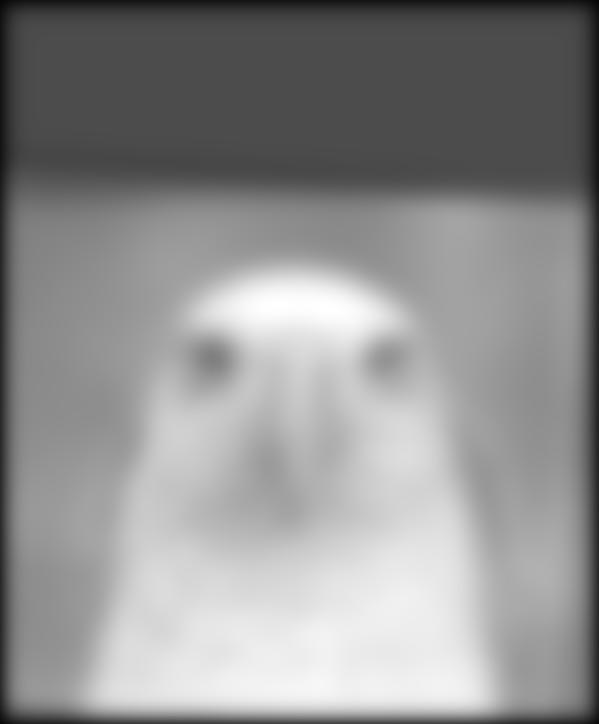
|

|
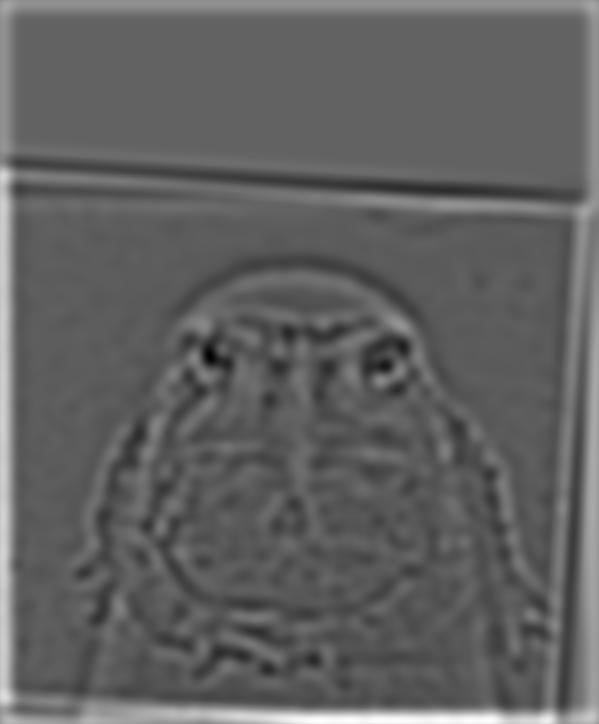
|
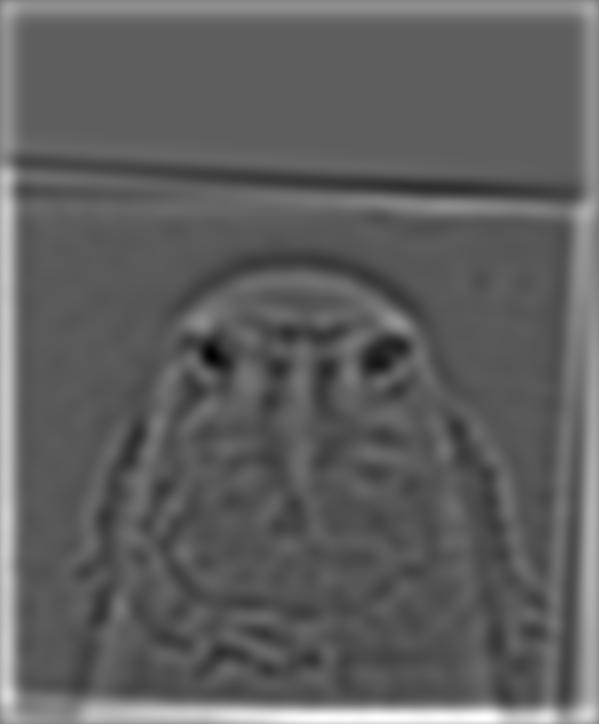
|
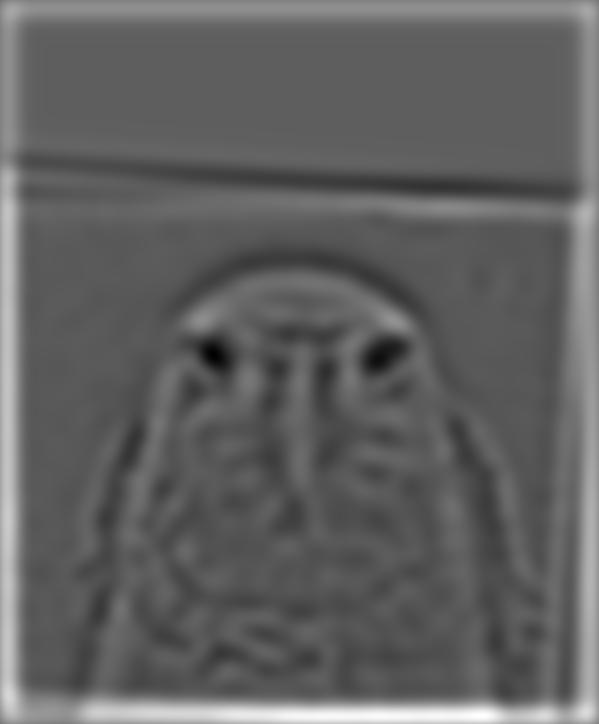
|

|
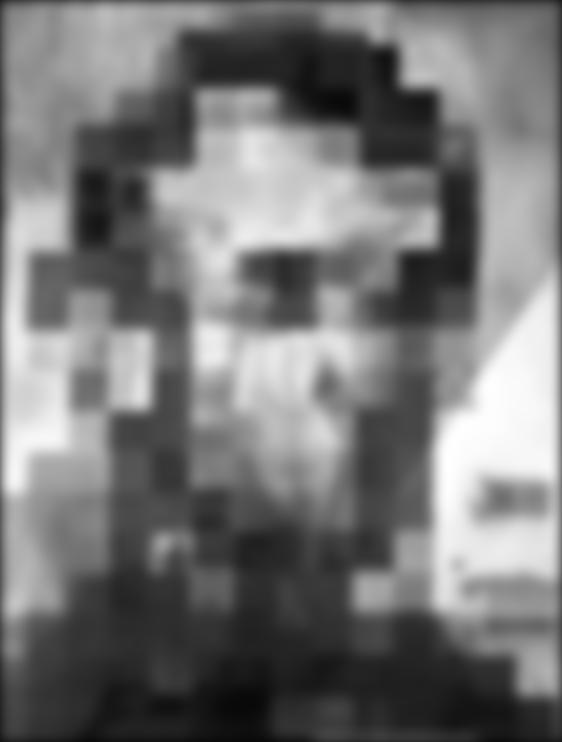
|
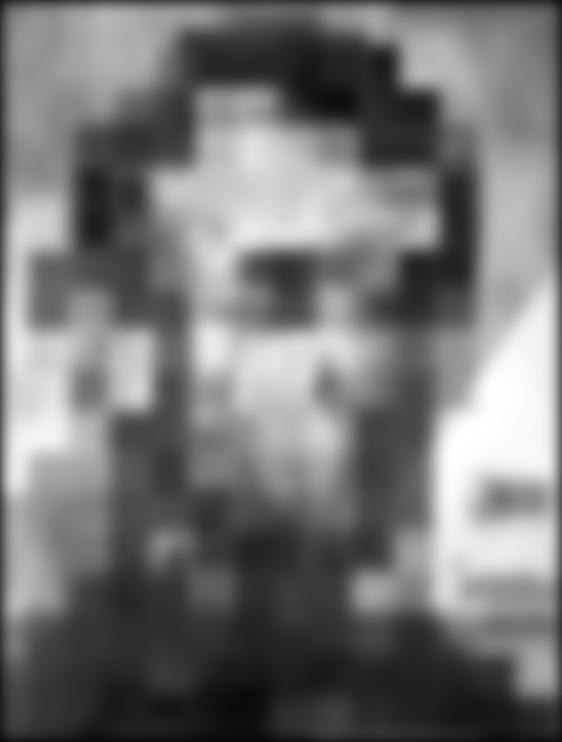
|
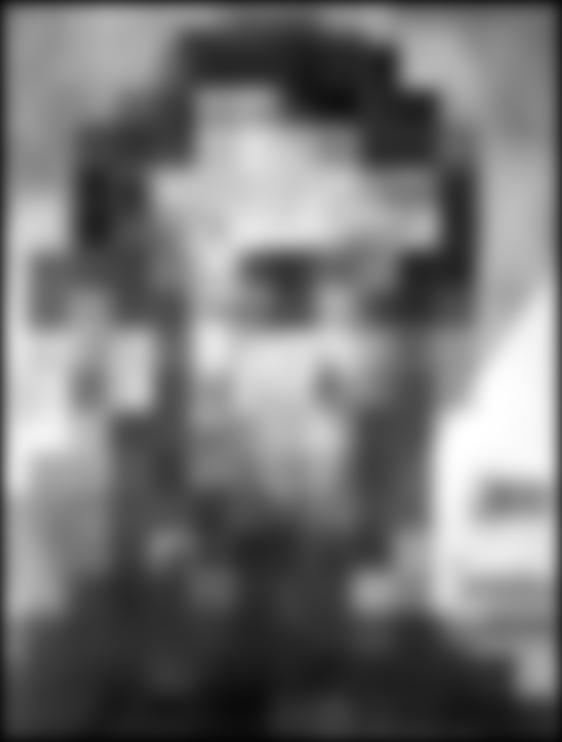
|
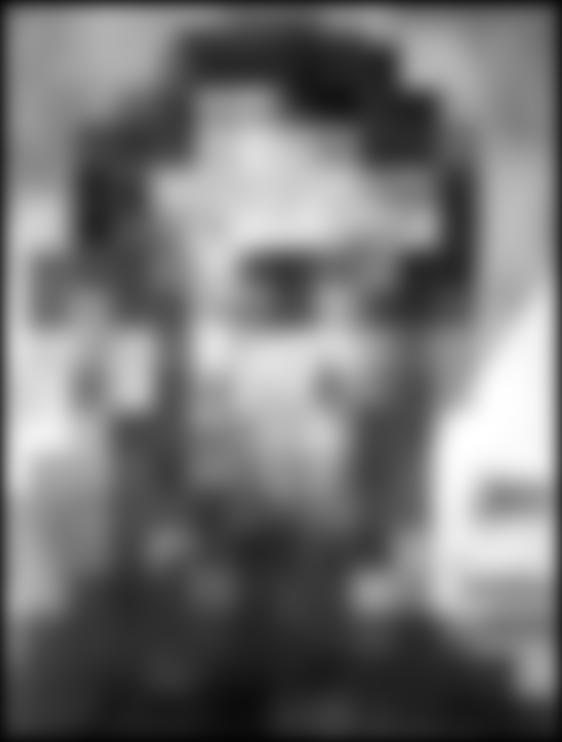
|
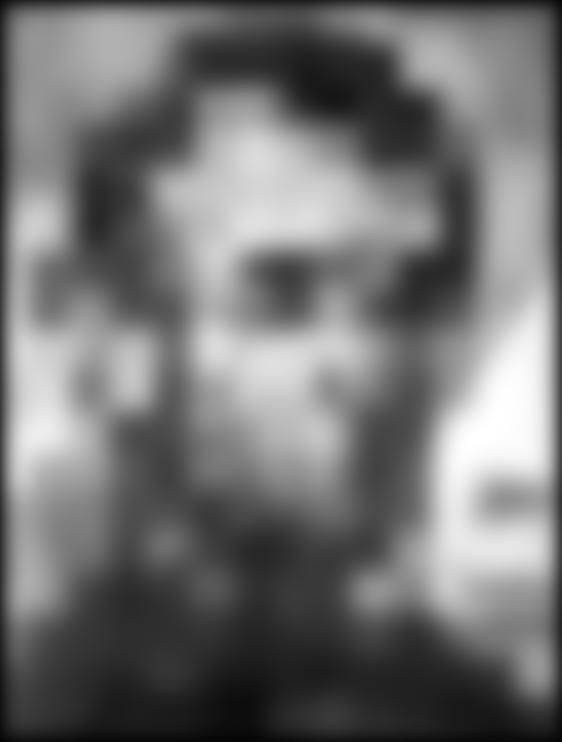
|
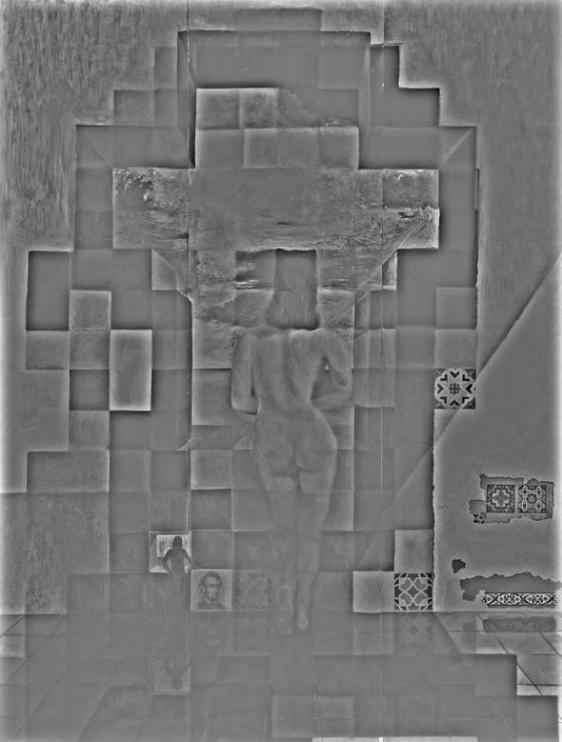
|
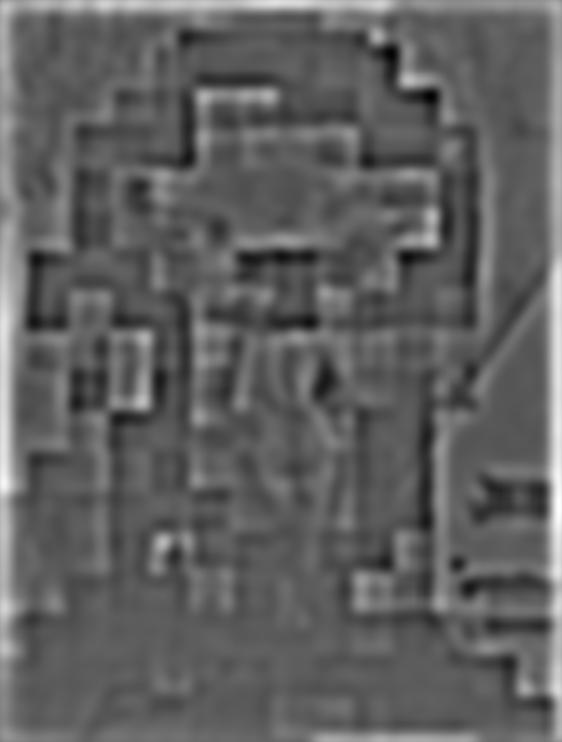
|
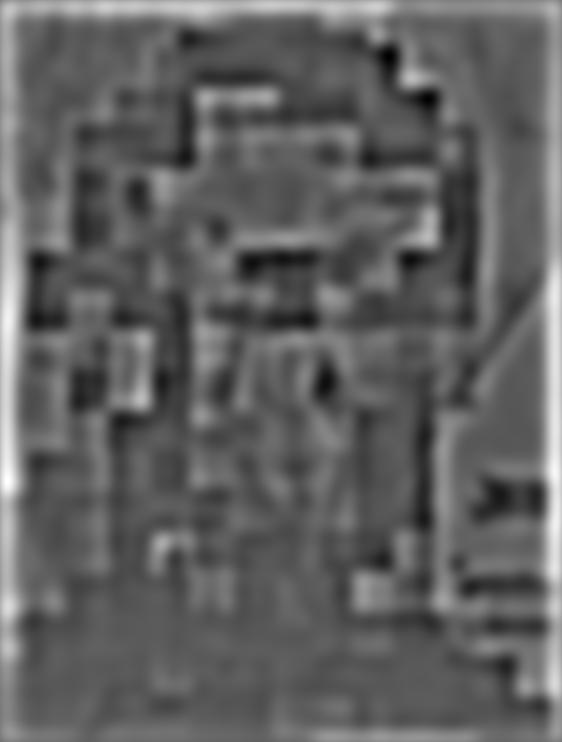
|
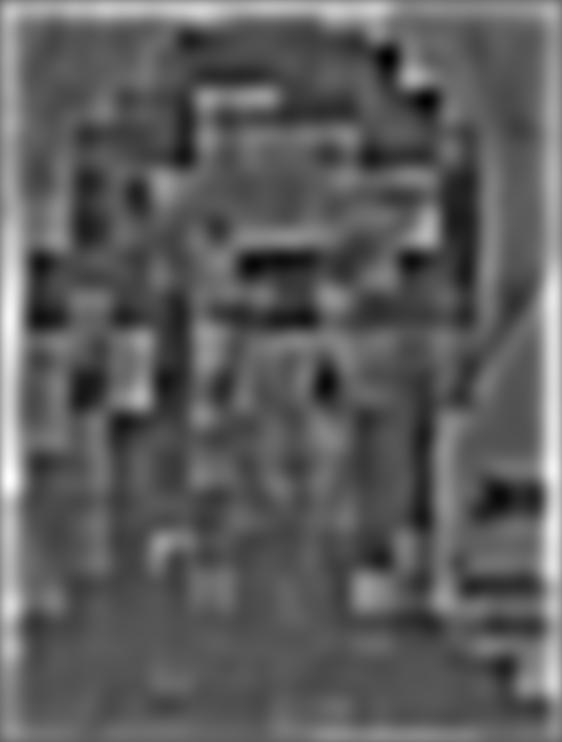
|

|
1.4 Multiresolution Blending
For this section I blended two photos together by combining the Laplacian stacks of the images (L1 and L2) weighted by the Gaussian stack of the mask (GR) according to the equation: blended = ∑i GRiL1i + (1-GRi)L2i

|

|
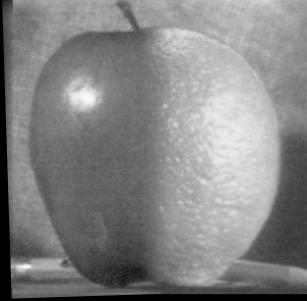
|

|

|
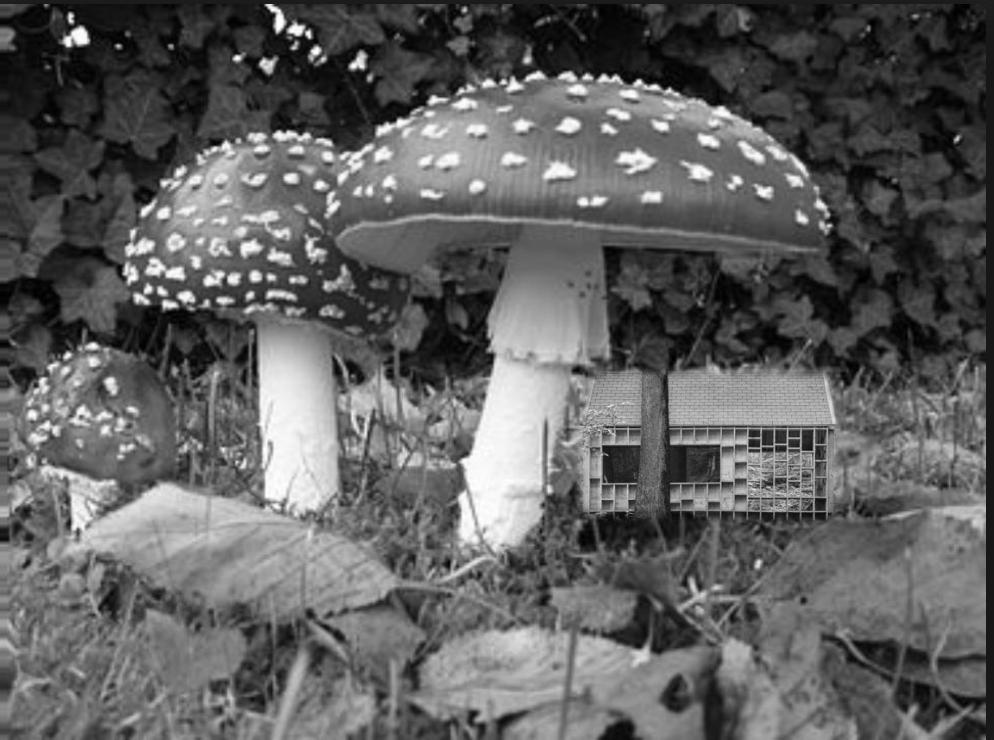
|

|

|

|
Part 2: Gradient Domain Fushion
In Part 2, we are trying to combine images by blending the source image into the target image based on gradients. We do this by solving a least squared problem of pixel values such that the gradients in the source image and the boundary values at the target image are maximally preserved.
2.1 Toy Problem
In the toy problem we reconstructed the given image by computing the the x and y gradients from the imag and then using the gradients (plus the top left pixel intensity) in a least-squares problem to match the gradient of adjacent pixels from the toy picture (both horizontally and vertically).

|
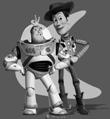
|
2.2 Poisson Blending
For this section I used Poisson blending match a source image into a target image. This is done as a least sqares problem in which we try to guide gradient values to match those of the source region using the equation:

I really liked the way the first tow images turned out. My third photo of Donald Duck Trump turned out kinda weird, I think because the source background color was too different from the target.

|
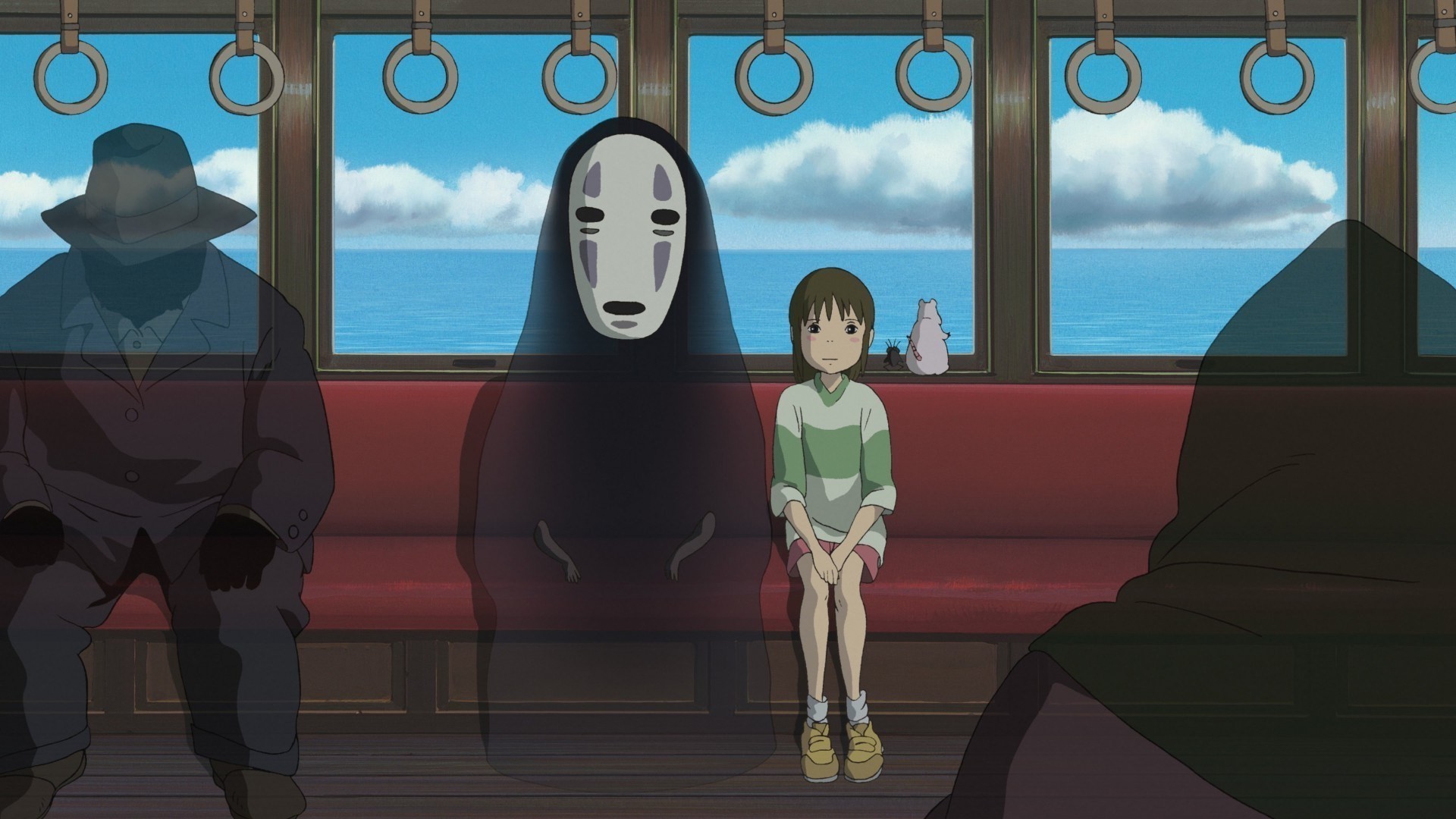
|
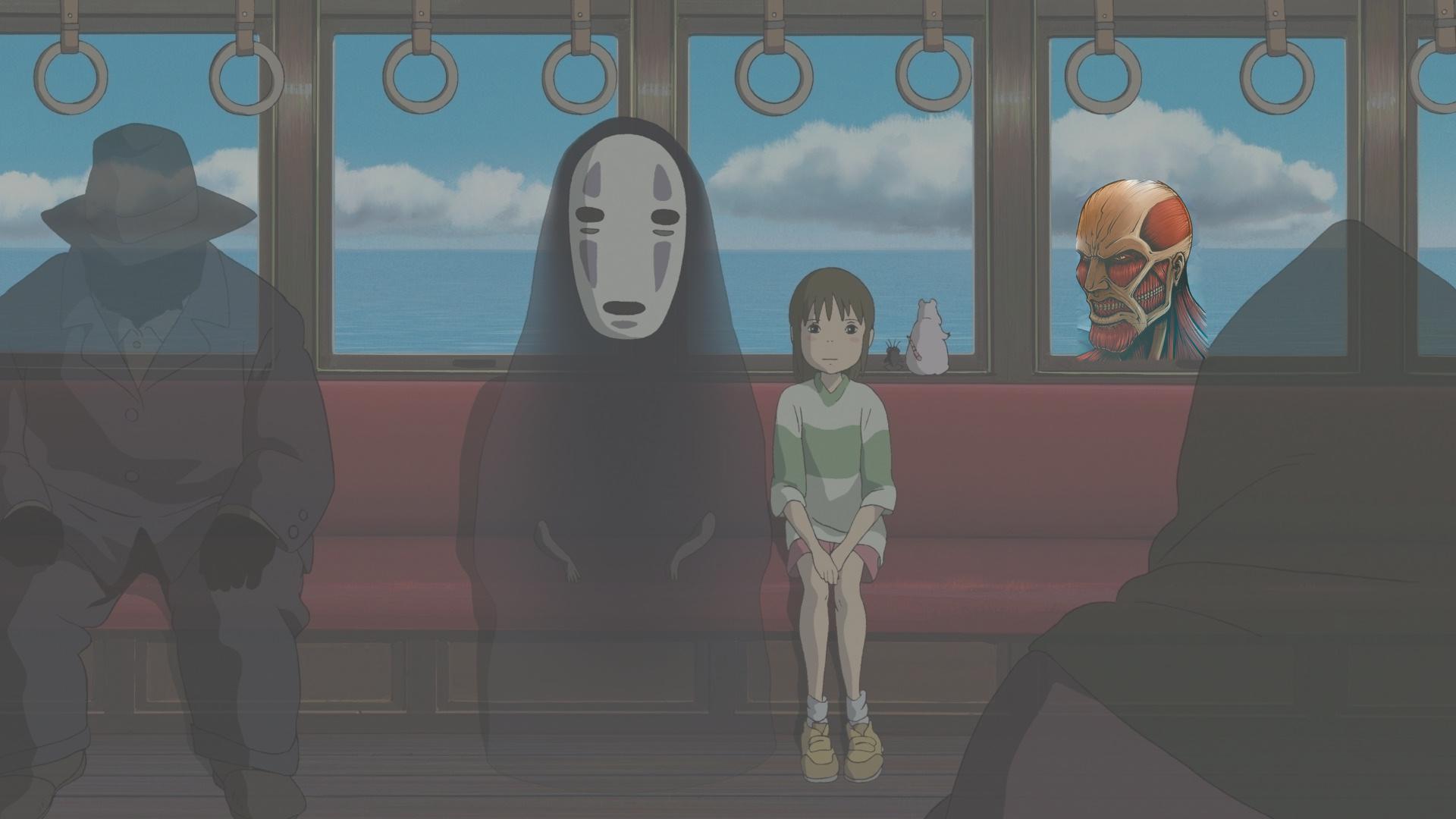
|
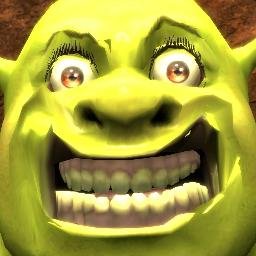
|

|
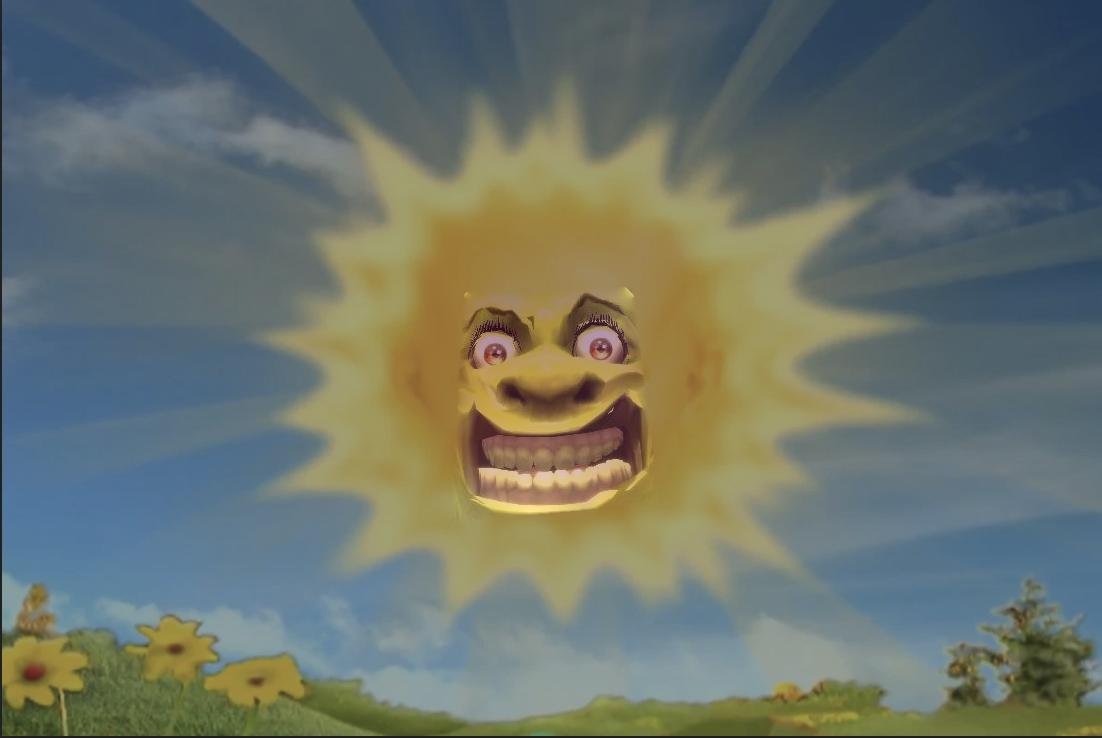
|

|

|

|
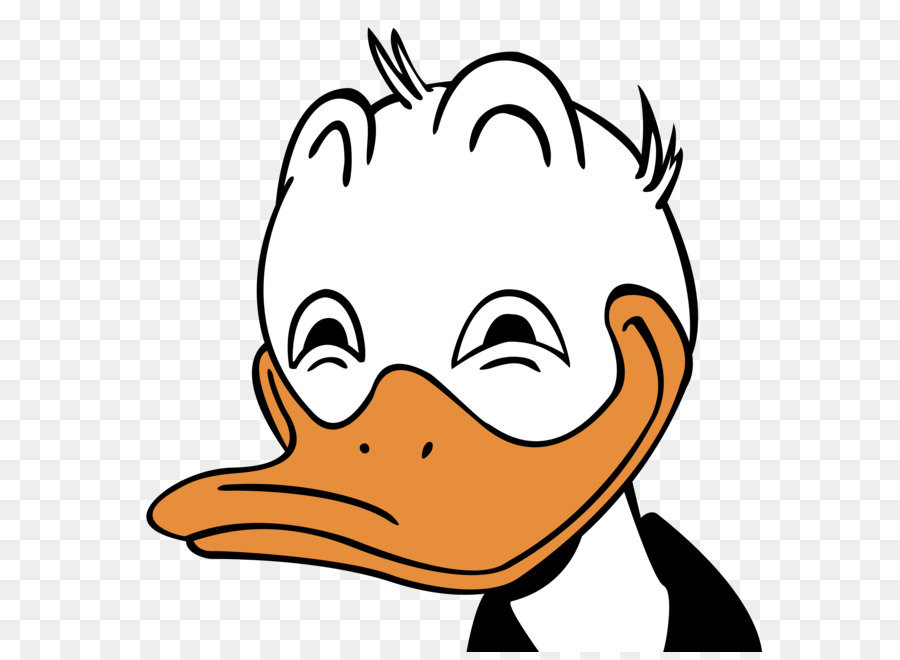
|

|
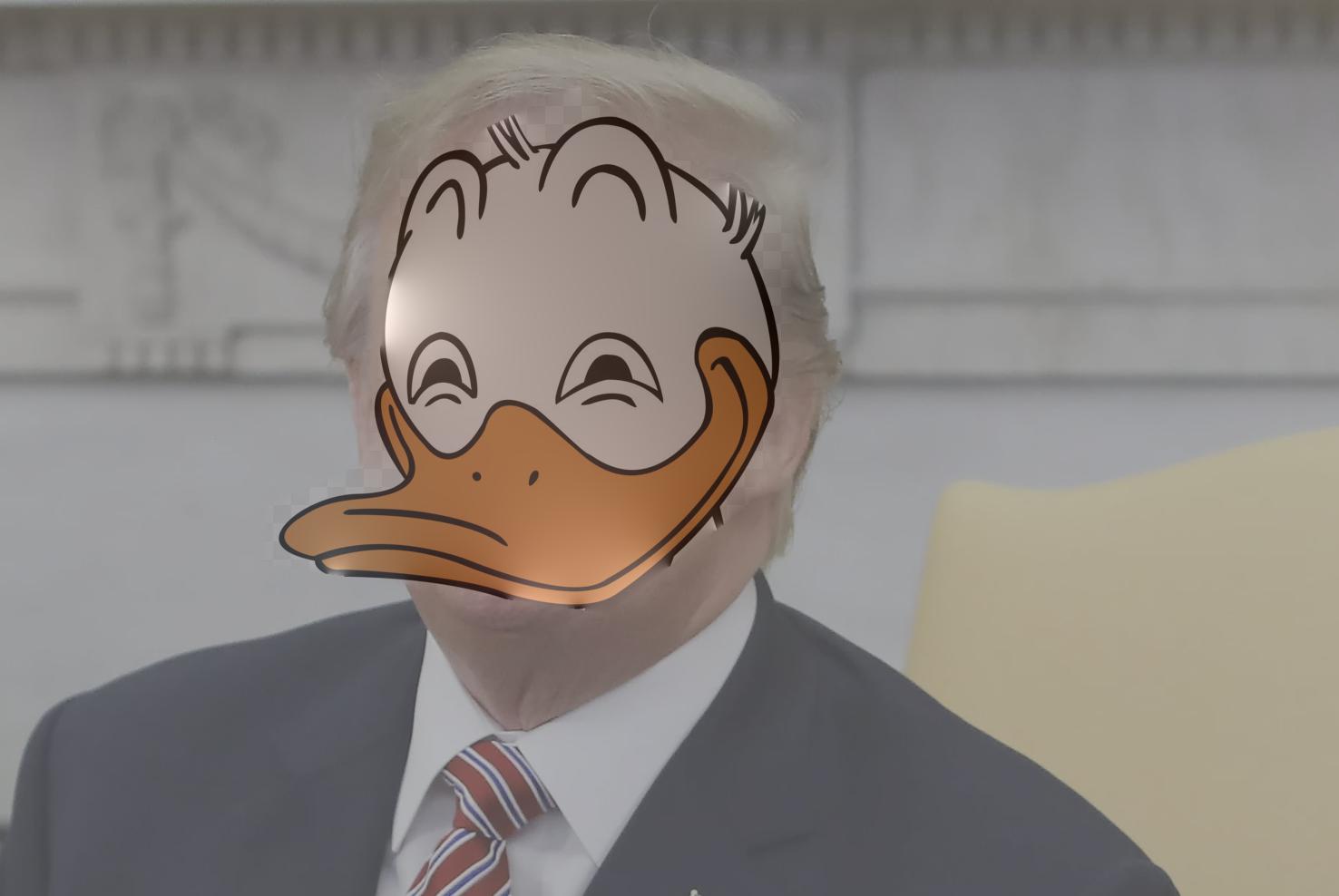
|
I also redid the mushroom and house blending from 1.4. I like the way the poissonblending technique doesn't wash out the bird to match its' background but rather changes its intensity to to the background.

|
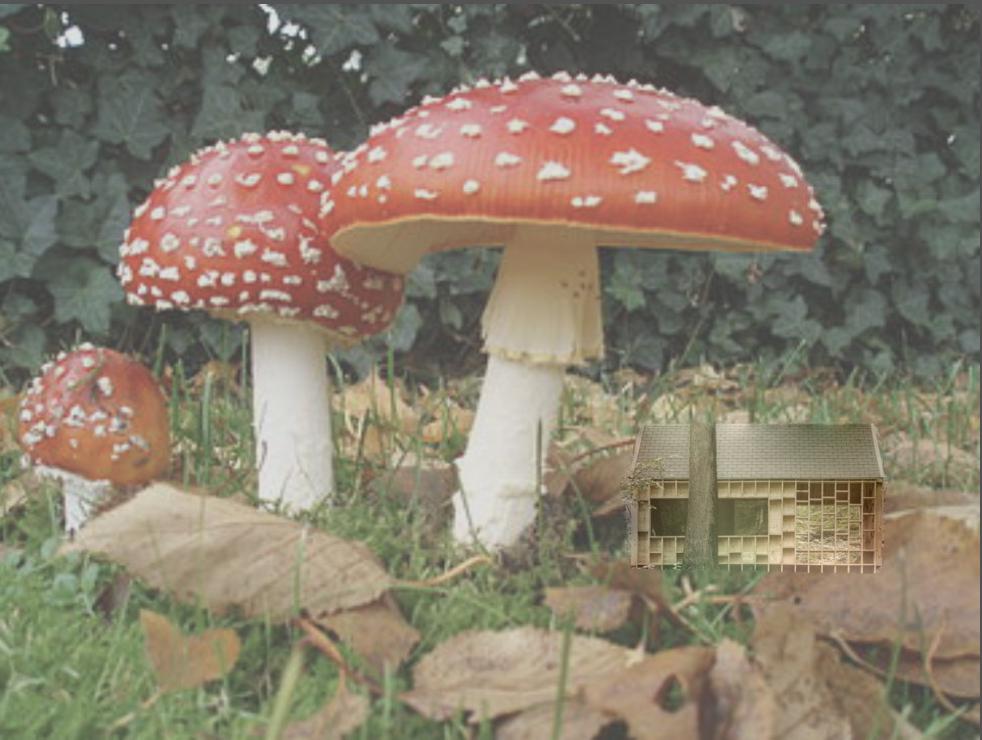
|